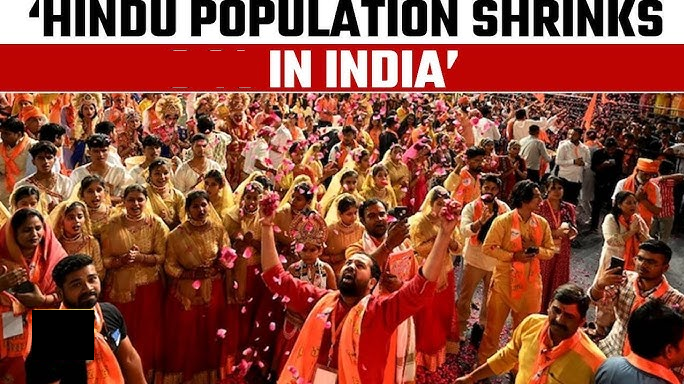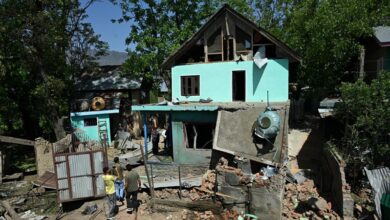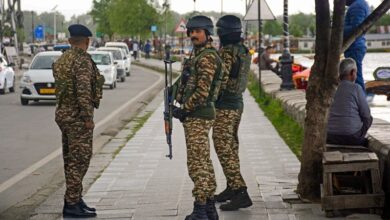
Many faiths are followed globally. They can generally be divided into significant world religions and lesser-known, indigenous, or tribal faiths. Hinduism, the world’s third-biggest religion, has a large number of followers worldwide. In numerous countries where Muslims are the majority, Hindus still reside in large populations. Nonetheless, there is one country where Hindus used to be numerous and held a prominent position. As time passed, a significant event caused their population to continuously decline, ultimately rendering them a minority in that country.
Prior to the partition, Pakistan belonged to India and had a notable Hindu community that coexisted harmoniously with Muslims. Yet, following the establishment of Pakistan as a predominately Muslim country, the Hindu demographic gradually decreased. Media reports suggest that a majority of Hindus in Pakistan currently face very difficult circumstances. The struggles of minority groups like Hindus and Sikhs in Pakistan are well acknowledged. Throughout the years, there has been a significant decrease in Hinduism, Buddhism, and Sikhism within the nation. In Pakistan, non-Muslims have repeatedly experienced discrimination and oppression.
Pakistan is home to many temples, and the Hinglaj Mata Temple is a well-known place of worship. It is thought that this site is where the head of Goddess Sati fell, leading to the establishment of the temple here. The temple is constructed in a cave-like form, situated among hills. During Navratri, many worshippers assemble at the temple. In Pakistan, significant populations of Hindus historically resided in places like Lahore, Karachi, Multan, and Sindh. Media reports indicate that traces of the Hindu population exist in these areas, where neighborhoods, havelis, and markets continue to carry the names of Hindus.
According to a report by news agency PTI (July 2024), the Hindu population in Pakistan rose from 3.5 million in 2017 to 3.8 million in 2023, making it the largest minority community in the Islamic country, based on the official data from last year’s census.
The Pakistan Bureau of Statistics (PBS) published the outcomes of the 7th Population and Housing Census 2023 last year. In 2023, the total population of the country was 240,458,089. It indicated that the proportion of Muslims in the overall population fell marginally from 96.47 percent in 2017 to 96.35 percent in 2023, while the populations of all significant religious minorities have risen over the last six years. Nonetheless, their proportion in the overall population percentage presents a varied scenario. The Hindu population rose from 3.5 million in 2017 to 3.8 million in 2023; however, their percentage of the total population declined from 1.73 to 1.61 percent, indicating that other minority groups grew more rapidly.
According to a report by news agency (July 2024), the Hindu population in Pakistan rose from 3.5 million in 2017 to 3.8 million in 2023, making it the largest minority community in the Islamic country, based on the official data from last year’s census.
The Pakistan Bureau of Statistics (PBS) published the outcomes of the 7th Population and Housing Census 2023 last year. In 2023, the total population of the country was 240,458,089. It indicated that the proportion of Muslims in the overall population fell marginally from 96.47 percent in 2017 to 96.35 percent in 2023, while the populations of all significant religious minorities have risen over the last six years. Nonetheless, their proportion in the overall population percentage presents a varied scenario. The Hindu population rose from 3.5 million in 2017 to 3.8 million in 2023; however, their percentage of the total population declined from 1.73 to 1.61 percent, indicating that other minority groups grew more rapidly.






